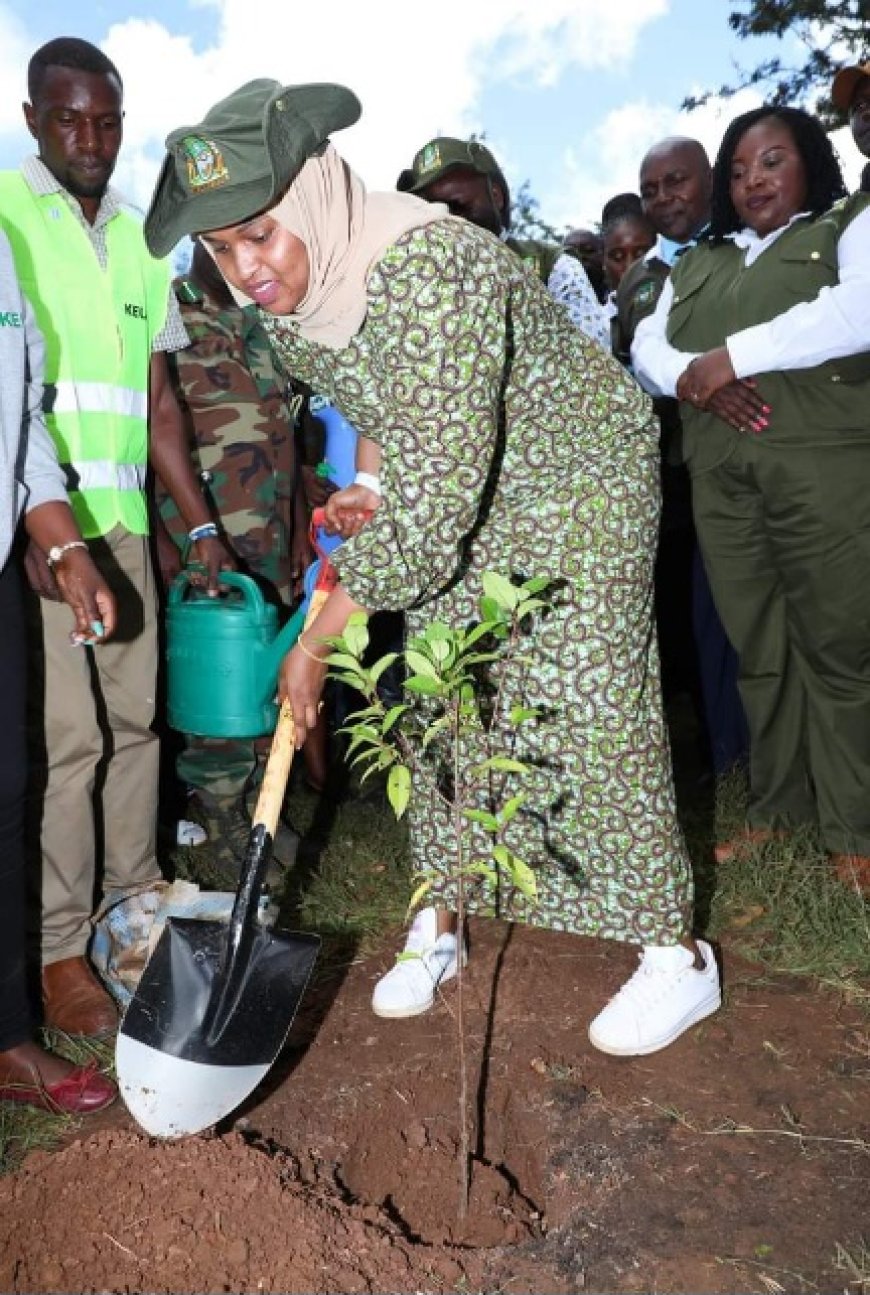Kenya's Tree Planting Initiative - A Key to Environmental Conservation

By Seliphar Machoni
In a world resonating with environmental concerns, the simple act of planting a tree emerged as a potent catalyst for change.
As we stood at the crossroads of ecological peril, the significance of tree planting in fostering environmental conservation could not be overstated.
Tree planting not only played a pivotal role in environmental conservation but also served as a crucial tool in mitigating climate change and preserving biodiversity, showcasing its profound impact on the health of our planet.
To address the urgent need for environmental action, Kenya designated a special day dedicated to tree planting.
The government's ambitious goal of planting 15 billion trees in 10 years was exemplified by the planting of 100 million trees on that specific day. Also, to achieve United Nations Sustainable Development Goals on climate change Climate Action that called for urgent action to combat climate change and its impacts.
In a bid to involve every Kenyan in the fight against climate change and the conservation of the environment, the holiday empowered each individual to contribute.
With a target of planting at least two seedlings per person, this collective effort aimed to reach the 100-million tree goal for the day.
To facilitate this massive undertaking, the government made approximately 150 million seedlings available for free at public nurseries, encouraging citizens to actively participate. Additionally, Kenyans were urged to purchase at least two seedlings for planting on their own land.
The leadership's commitment to this cause was illustrated by President William Ruto leading the tree-planting exercise in Makueni County, while cabinet ministers took charge in different regions, joined by specific regional governors and other leaders.
In Kakamega County, Shinyalu Constituency, where Kakamega Forest is located, residents demonstrated strong enthusiasm by planting trees in large numbers around and near the forest.
The initiative was led by Principal Secretary Ummi Bashir and Kakamega County Governor Fernandes Barasa, who emphasized the county's target of planting five million trees annually as part of the broader national program.
"Kakamega county had a target of planting five million trees per year. We needed to synergize all our efforts and have a well-coordinated approach to achieve this,” Barasa said.
Residents expressed satisfaction with the tree planting initiative, recognizing the vital role trees played in preventing soil erosion and controlling floods, particularly during heavy rains.
Also read
Rising Threats for Environmental Journalists: Call for Global Action to Safeguard Press Freedom
"Planting trees was a crucial exercise that every Kenyan should actively engage in," one resident emphasized.
"Trees attracted rain, combated climate change, and contributed to environmental conservation. I called upon fellow citizens to participate actively in this noble activity."
Minister of Environment Soipan Tuya highlighted the use of the Jaza Miti app to monitor the tree planting activity.
This internet app allowed individuals and organizations to record planting activities, specifying plant species, quantity, and date planted.
The app also assisted in selecting appropriate seedlings by matching the site with the suitable species, ensuring a thoughtful and effective approach to tree planting.
Ms. Tuya anticipated that the tree planting initiative would extend beyond the designated holiday, with a goal of 500 million trees planted by the end of the rainy season in December.
In the grand scheme of environmental preservation, trees emerged as powerful allies, absorbing carbon dioxide and releasing oxygen, thereby combating global warming.
However, the article acknowledged the challenge of garnering widespread participation, particularly in urban areas where some may have perceived the special holiday as merely an extra day off rather than an opportunity to contribute to a greener future.







